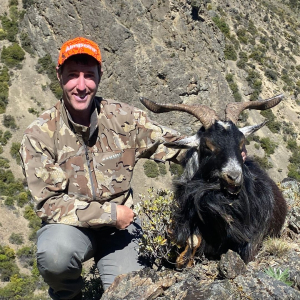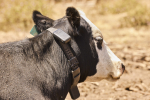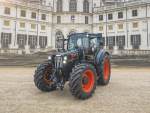Rain began falling early April and saleyard prices lifted as a result, bringing joy to all farmers. Those who didn’t get rain can now offload stock into more buoyant markets with prices for some cattle $100 the day after the rain.
Beef and dairy chopper cow prices jumped literally the day after the rain and have sustained those gains, and confident grain growers have started planting.
Some producers have also been able to plant winter crops, which will assist carrying capacities, particularly towards the end of winter.
The good autumn break in most areas of SA, Victoria and NSW will reduce the numbers of cattle yarded in these areas, boosting prices for those who sell.
Those who hang onto cattle – and some are now supplementary feeding – will benefit come winter, as southern markets come into a traditional short production period in the south from April to July, when numbers are harder to find.
This will be exacerbated by a shortage of cattle in Northern Australia, where a lot of cattle have already been sold because of the drought.
One of the biggest cattle sales in living memory happened at Roma on April 29: 13,000 cattle were sold at the weekly store sale. This sale has to be seen to be believed.
Rainfall through Central Queensland and northern NSW has pushed up the value of young beef cattle – albeit from a low base – as restockers and feeders look to secure cattle moving into winter.
Northern NSW saw its first widespread rain in about 15 months. People are planning oats to provide winter feed, going from barely surviving to capitalising overnight.
If you pause to reflect, which you can when rain is falling, it can still amaze that an industry worth $155 billion to the Australian economy, depends on an act of nature as simple as rain. Best not pause too long though, there’s work to be done.
Some farmers, normally those winding down and who own their farm outright, will watch their pastures soak up the rain and open fresh paddocks for their stock. They may even buy a few more head to capitalise.
Others will maximise the opportunity, immediately acting on plans laid for just such an event. They want to ensure every kilogram of dry matter grown will be turned into kilograms of beef, lamb or milk solids.
To me, our former Labor Government was the farmer with the easy-as-she-goes attitude (Actually, this is probably unfair: they are more like the farmer who inherits the best property in town and sends it broke).
Our current agriculture minister, Barnaby Joyce, is the farmer seeking new opportunities to bring in cash and expand the farm.
Whereas Labor turned off the live export trade to Indonesia overnight when it was in power – a move from which it has not fully recovered – Joyce announced late last month he wants to restart live sheep exports to Saudi Arabia, worth possibly $100 million a year.
He knows that the farming system requires different options to help sustain it through good times and bad.
Any deal will provoke controversy because Saudi Arabia is refusing to sign up to Australia’s live export welfare regulations, including guidelines about how livestock can be slaughtered.
He’s already copping flak from ‘green’ and ‘animal welfare’ groups but he will do what’s best for the farm, as any good farmer would.
















